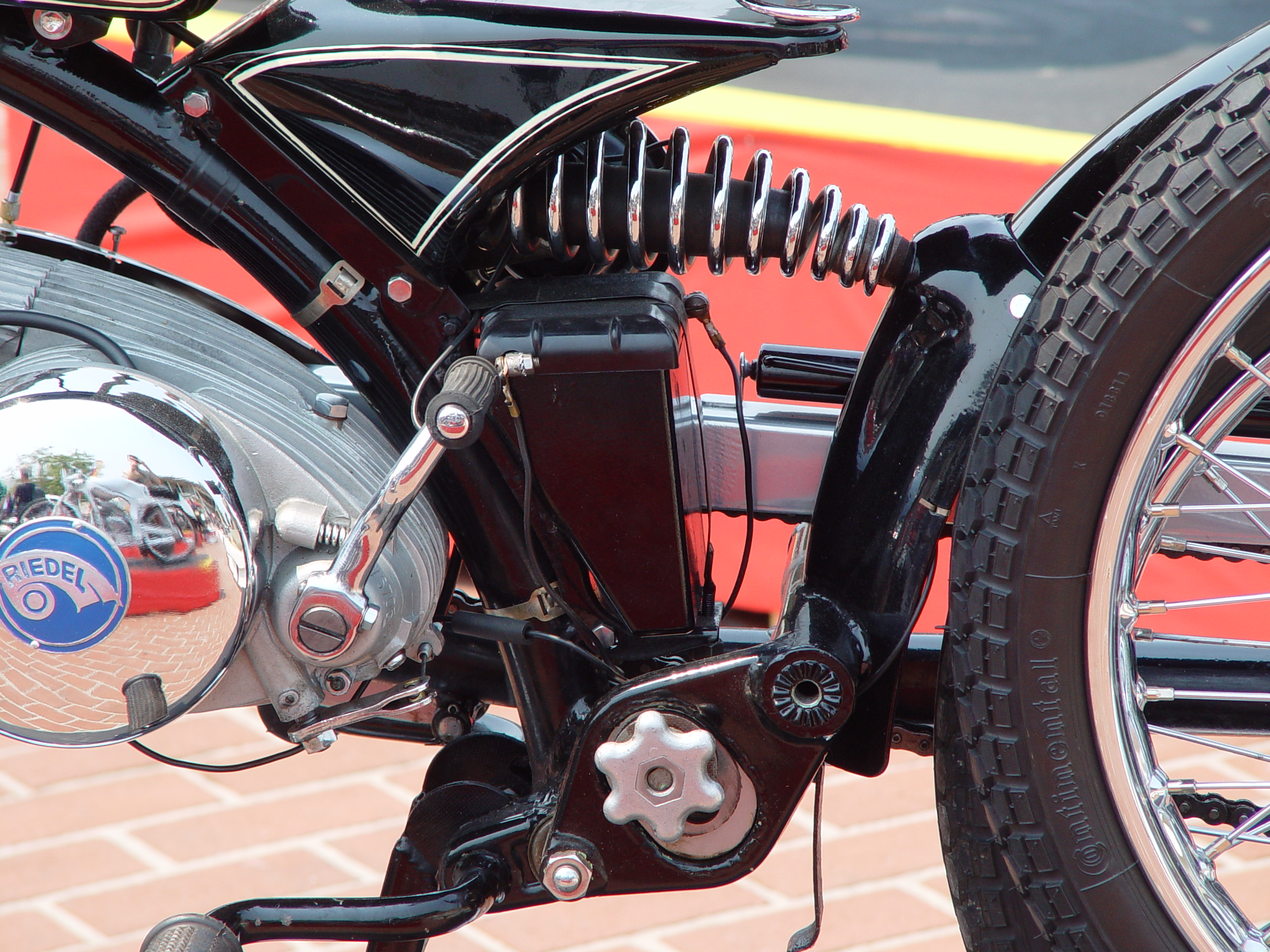A Few Facts About Steering Dampers For Motorcycles
 Suspensions are vital bicycle parts that have been for a
long time. Manufacturers introduced them on mountain bicycles in the '90s with
the aim of absorbing impacts that anglers experience when riding. These include
things like rocks, bumps, and a myriad of other obstacles that they meet while
on their course. These days, mountain bicycles have one of two types of
suspensions. As an example, bicycles can have a front suspension fork or a
hybrid suspension system. The latter type has an extra rear shock. Moreover,
these systems are air coil or oil chamber suspensions. Independent of this
suspension type that people use, they must maintain them in good working
condition. To keep their bikes in good working condition, individuals should be
sure that they maintain their suspension systems. This entails adjusting its
forks to coincide with their weights, the road, and the terrain that they will
use the bike. Moreover, riders who wish to know how to adjust mountain bike
suspension should understand the fundamental principles of "preload" and
"damping." The preload of a bike indicates the way the normal weight of the
rider impacts the shocks.
Suspensions are vital bicycle parts that have been for a
long time. Manufacturers introduced them on mountain bicycles in the '90s with
the aim of absorbing impacts that anglers experience when riding. These include
things like rocks, bumps, and a myriad of other obstacles that they meet while
on their course. These days, mountain bicycles have one of two types of
suspensions. As an example, bicycles can have a front suspension fork or a
hybrid suspension system. The latter type has an extra rear shock. Moreover,
these systems are air coil or oil chamber suspensions. Independent of this
suspension type that people use, they must maintain them in good working
condition. To keep their bikes in good working condition, individuals should be
sure that they maintain their suspension systems. This entails adjusting its
forks to coincide with their weights, the road, and the terrain that they will
use the bike. Moreover, riders who wish to know how to adjust mountain bike
suspension should understand the fundamental principles of "preload" and
"damping." The preload of a bike indicates the way the normal weight of the
rider impacts the shocks.
Those who want to adjust their bicycle suspension
ought to do multiple things. Determine the Preload. Take a measuring tape and
measure the distance between the two mounting bolts of the suspension and record
on a piece of paper. You then need to put on all your riding gear on, climb on
top of your bike and request a companion to take the same measurement again.
However, you must make certain that you use minimal support as possible. After
taking the two measurements, you should calculate the difference between the two
values. If the difference is greater than a quarter of the first measurement,
you should increase your preload and vice versa. To correct the problem, wear
your cycling gear, weigh yourself, and note value on a piece of paper. Remove
the suspension fork nozzle and nozzle in the atmosphere until it reaches a PSI
that's 70 percent of your weight. Even though this is the recommended amount for
many bicycles, consult the manufacturer of the suspension for details.
Ultimately, you should adjust the preload value
of your suspension. To do so, turn the bicycle's preload collar either to the
away or towards the coil to decrease or increase the value. Ensure that you have
the right preload space by taking bolt measurements. Correct Damping. After
you've corrected the preload value of this bike's suspension, ride your bike on
a trail to correct its damping. Test your bike by climbing on small bumps
checking how fast the suspension rebounds. If you notice that the shock reverts
to its original position quicker than usual, adjust the barrel knob to the right
to tighten it, and examine the bike again. But if it reverts gradually, turn it
to the left to loosen it. Make certain that you adjust it to a level that's
right for your trail. Adjusting a mountain bike suspension isn't a challenging
undertaking. Those who wish to carry out this task should follow these easy
steps to assist them through the process. If you're looking for additional
details on steering
dampers, click on the previously mentioned site.
Comments
Post a Comment